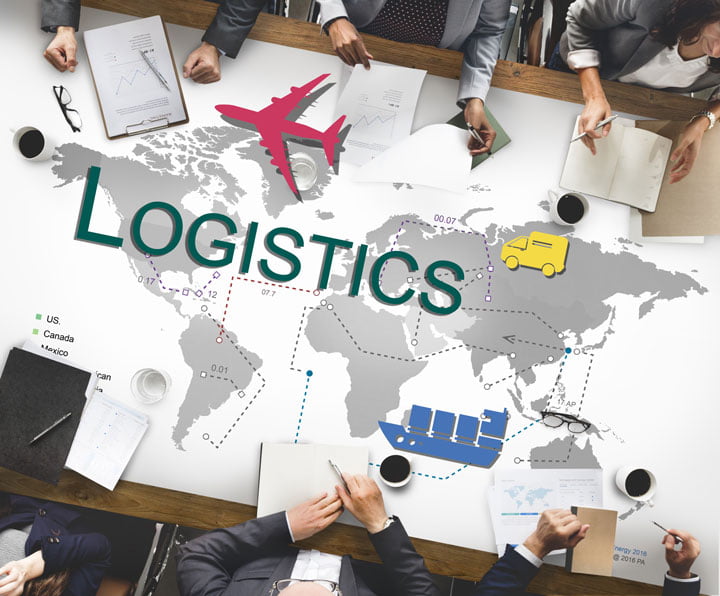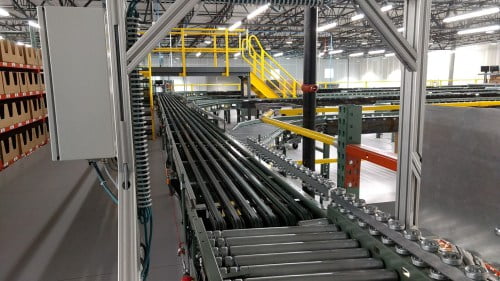Published May 8, 2014
By Jim Serstad
Managing Director, Tompkins Asia
By one measure, China will soon take the United States’ spot as the world’s largest economy.
China’s GDP is fast approaching that of the U.S., based on GDP figures that have been adjusted for purchasing power. This news was released via the United Nations’ International Comparison Program (ICP), which illustrates many changes including the Purchasing-Power Parity (PPP) of China. The Economist says that the PPP for China rose by 20% since the last report.
Though GDP is intended to be a measure of productivity of an economy, traditional GDP measures do not allow us to compare productivity between economies. There are effects of exchange rates, but more significantly -and more difficult to adjust for -are differences in the price levels of similar goods in different economies. If we adjust for the purchasing power, then we are comparing real goods being produced.
And that is what we supply chain professionals are interested in: the production and movement of goods. From a supply chain perspective, the volume moving through supply chains in China is now approaching that of the U.S. When we look at the current state of logistics in China, this is a big deal.
Just think back to five years ago when it was common thinking among foreign companies in China that the logistics infrastructure would improve dramatically and rapidly. Investment decisions were made based on that assumption, and many of these companies now admit that it did not happen the way they imagined.
For instance, one U.S. food company gambled on the development of cold chain, and has now had to develop new products that can survive uncontrolled temperatures during transport. Few companies use transportation management systems because it is nearly impossible to plan and optimize shipments. There are no standards for trucks and pallets, and tolls and fuel costs are high. Clearly, logistics have not improved as anticipated.
How is it possible to have such high logistics costs with such poor infrastructure? You may have heard that the logistics cost in China is 18% of the GDP, compared to around 8% in the U.S. This sounds like an astonishing gap, but it is helpful to look at the specific numbers of approximately $1.7 trillion in China and $1.3 trillion in the U.S. Logistics costs in China are indeed higher -but not double -for moving similar amounts of goods.
So perhaps the gap is not as wide as we thought, but there is clearly still plenty of room for improvement. Improvement is being demanded by consumers whose expectations are growing for product availability and e-commerce delivery time.
As China’s economy continues to produce more goods for its own consumption, this demand will also continue. But there is a status quo that seems unbreakable. The myriad of individual truck owners have no incentive to change and shippers are content with their lack of visibility. There is no significant movement to improve logistics.
So is there a way forward? I think so. It needs to start with shippers demanding visibility. When shippers know what is happening in their networks, service providers will find themselves with a new level of accountability. That accountability will invariably lead to rewarding good performance.
What do you think the next steps should be? How can we put them into action?
More Resources:



